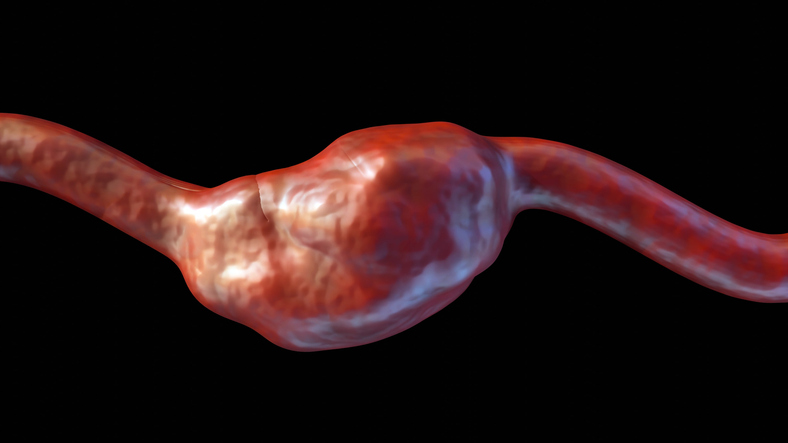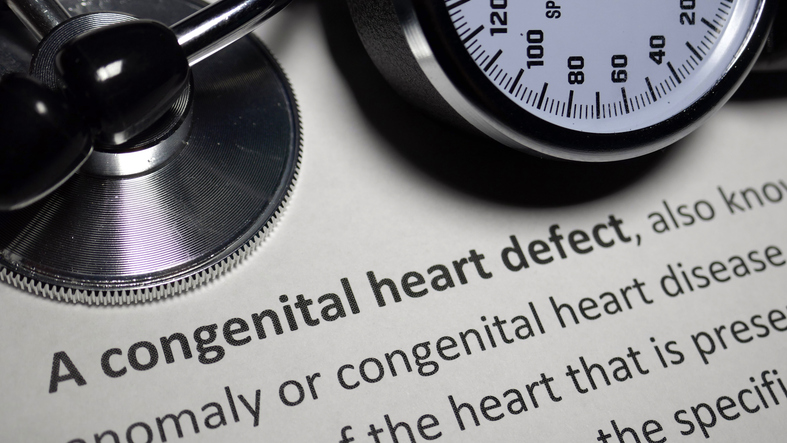
Lipoprotein(a) [Lp(a)] is a low-density lipoprotein (LDL)-like lipoprotein that is associated with a protein that attaches to apolipoprotein(a).1 It is independently associated with risk of cardiovascular disease (CVD), and its concentrations in plasma are genetically determined in 80% to 90% of cases.
Researchers of an 11.5-year-long study analyzed the relationship between Lp(a) and incident atherosclerotic cardiovascular disease (ASCVD) in 460,506 adult participants from a biobank in the United Kingdom. According to the results, which were presented at the American Society for Preventive Cardiology 2023 Congress on CVD Prevention, the standardized risk for ASCVD was 11% higher for each increment of 50 nmol/L (hazard ratio [HR], 1.11 per 50 nmol/L; 95% CI, 1.10-1.12).2 Results were independently adjusted for traditional risk factors, and similar effect estimates were seen across all race and ethnicity groups. Furthermore, a high Lp(a) concentration (≥150 nmol/L) was present in 12.2% of patients without ASCVD and 20.3% of patients with preexisting ASCVD. A high Lp(a) concentration was also associated with HRs of 1.50 (95% CI, 1.44-1.56) in patients without ASCVD and 1.16 (95% CI, 1.05-1.27) in patients with preexisting ASCVD.2
Considering the importance of Lp(a) concentrations, how can we effectively integrate measuring Lp(a) into clinical practice?
Sadiya S. Khan, MD, MSc, the Magerstadt Professor of Cardiovascular Epidemiology and an assistant professor of medicine and preventive medicine at the Northwestern University Feinberg School of Medicine, discussed the importance of measuring Lp(a) for primary prevention of ASCVD. She noted measuring Lp(a) is recommended in the latest guidelines from the American Heart Association and the American College of Cardiology as part of an evaluation for intermediate risk of ASCVD.3 The European Society of Cardiology and European Atherosclerosis Society guidelines also recommend measuring Lp(a) at least once in adult patients who have a family history of premature CVD.4
Although CVD outcome trials are not yet available to demonstrate risk reduction is linked directly to lowering Lp(a) levels, there are several benefits to measuring Lp(a). Because of its autosomal codominant inheritance pattern, an elevated Lp(a) level found in a cascade screening of a patient’s family members may identify additional individuals with elevated Lp(a) as early as 2 years of age.
What subsequent actions should be taken for patients with confirmed high Lp(a) levels? In primary prevention scenarios, when a patient is classified as having an intermediate risk of ASCVD, incorporating Lp(a) along with a coronary artery calcium score can aid in risk reclassification and subsequent intensification of risk factors and lifestyle modifications. Moreover, in cases of secondary prevention, Lp(a) serves as an indicator to further reduce low-density lipoprotein cholesterol and address other cardiovascular risk factors.
The FOURIER trial measured Lp(a) in 25,096 patients. In that study, evolocumab, a PCSK9 inhibitor, or placebo were randomized in patients with established ASCVD for a median follow-up of 2.2 years. Lp(a) levels were significantly reduced in patients who were given evolocumab. Risk of coronary heart disease-related death, myocardial infarction, and urgent revascularization were also reduced by 23% (HR, 0.77; 95% CI, 0.67-0.88) in patients with a baseline Lp(a) greater than the median.5 Researchers concluded that PCSK9 inhibitors are one of the most recommended medications for the management of elevated Lp(a).
Joel Kahn, MD, noted that the exact definition of elevated Lp(a) levels may vary by test and distribution, but direct and dose-dependent risk is consistently associated with higher levels across groups. Lp(a) should be measured in individuals at intermediate to high risk, those with a family history of hypercholesterolemia, and those with premature ASCVD. Elevated Lp(a) levels are a causal risk factor for ASCVD and should prompt lifestyle modification.
In conclusion, incorporating routine Lp(a) measurements into clinical practice offers a promising method for enhancing cardiovascular risk assessment and ultimately improving patient outcomes.
Dr. Alaa Diab is a resident at the Greater Baltimore Medical Center and is pursuing an MPH degree at the Johns Hopkins Bloomberg School of Public Health. She served as a CardioNerds Conference Scholar for the American Society for Preventive Cardiology 2023 Congress on CVD Prevention.
References.
- Wilson DP, Jacobson TA, Jones PH, et al. Use of Lipoprotein(a) in clinical practice: A biomarker whose time has come. A scientific statement from the National Lipid Association [published correction appears in J Clin Lipidol. 2022 Sep-Oct;16(5):e77-e95]. J Clin Lipidol. 2019;13(3):374-392. doi:10.1016/j.jacl.2019.04.010
- Patel AP, Wang (汪敏先) M, Pirruccello JP, et al. Lp(a) (Lipoprotein[a]) Concentrations and Incident Atherosclerotic Cardiovascular Disease: New Insights From a Large National Biobank. Arterioscler Thromb Vasc Biol. 2021;41(1):465-474. doi:10.1161/ATVBAHA.120.315291
- Arnett DK, Blumenthal RS, Albert MA, et al. 2019 ACC/AHA Guideline on the Primary Prevention of Cardiovascular Disease: A Report of the American College of Cardiology/American Heart Association Task Force on Clinical Practice Guidelines [published correction appears in Circulation. 2019 Sep 10;140(11):e649-e650] [published correction appears in Circulation. 2020 Jan 28;141(4):e60] [published correction appears in Circulation. 2020 Apr 21;141(16):e774]. Circulation. 2019;140(11):e596-e646. doi:10.1161/CIR.0000000000000678
- Zeitouni M, Sabouret P, Kerneis M, et al. 2019 ESC/EAS Guidelines for management of dyslipidaemia: strengths and limitations. Eur Heart J Cardiovasc Pharmacother. 2021;7(4):324-333. doi:10.1093/ehjcvp/pvaa077
- O’Donoghue ML, Fazio S, Giugliano RP, et al. Lipoprotein(a), PCSK9 Inhibition, and Cardiovascular Risk. Circulation. 2019;139(12):1483-1492. doi:10.1161/CIRCULATIONAHA.118.037184







 © 2025 Mashup Media, LLC, a Formedics Property. All Rights Reserved.
© 2025 Mashup Media, LLC, a Formedics Property. All Rights Reserved.